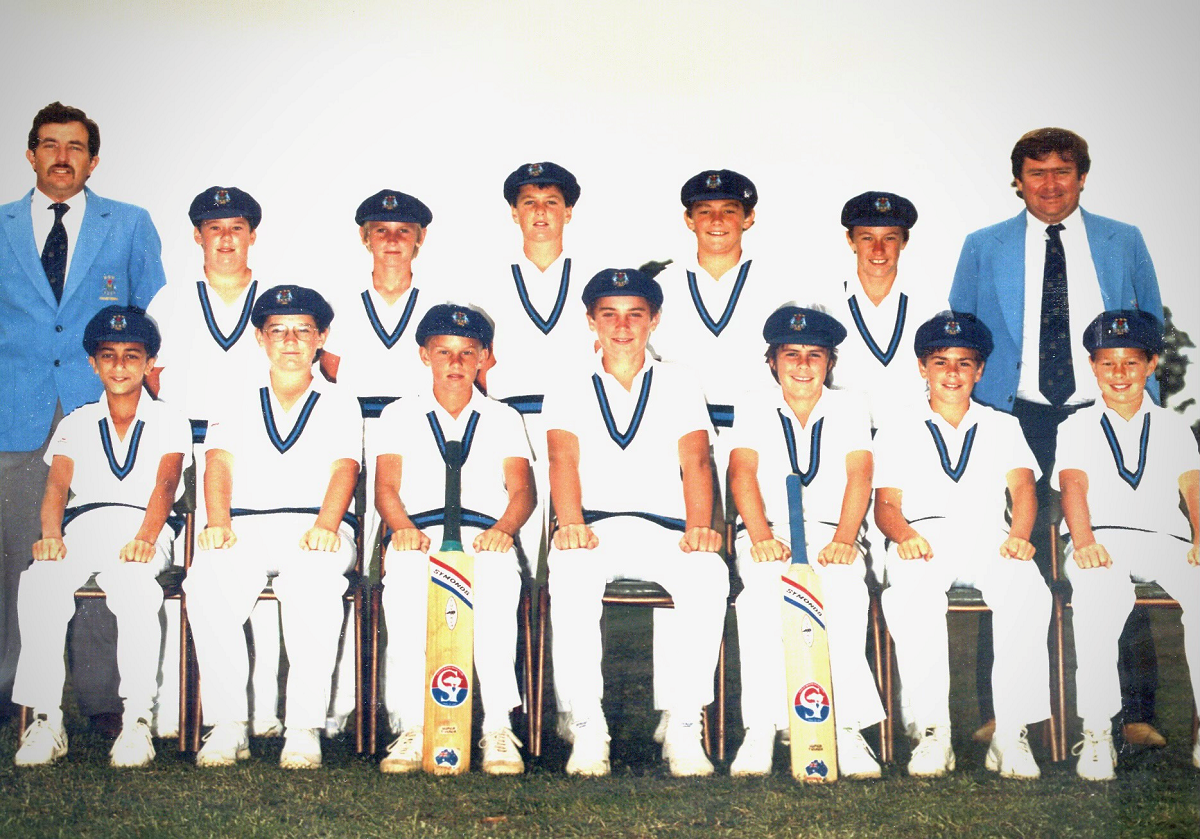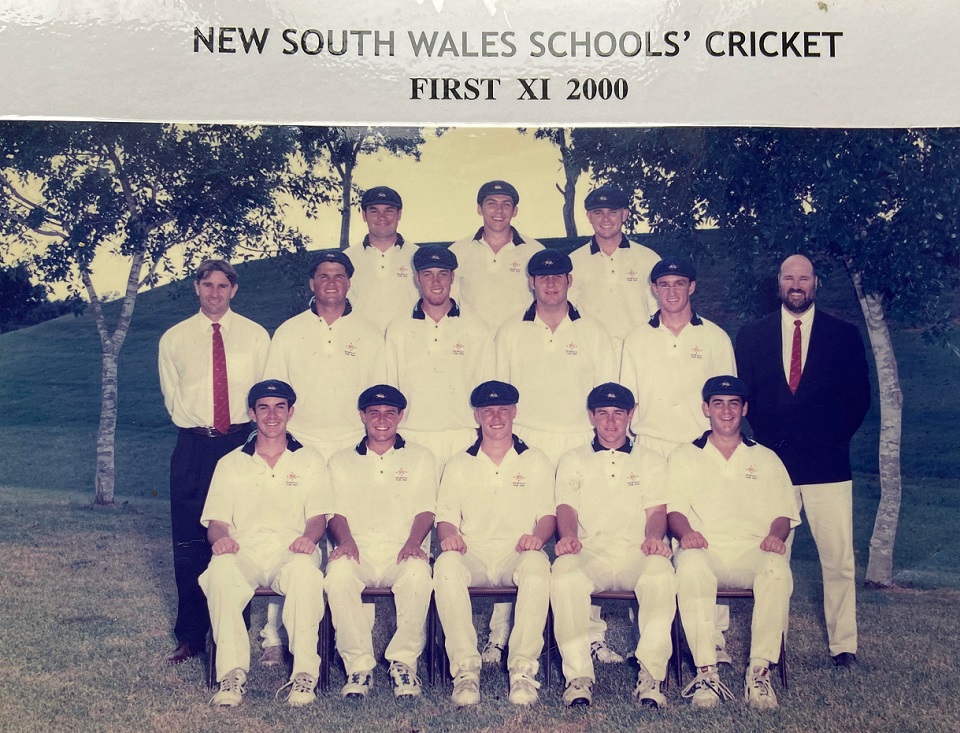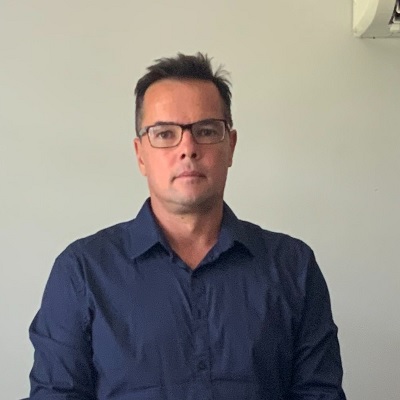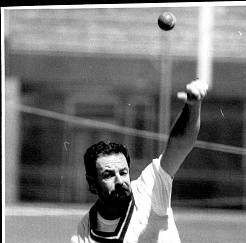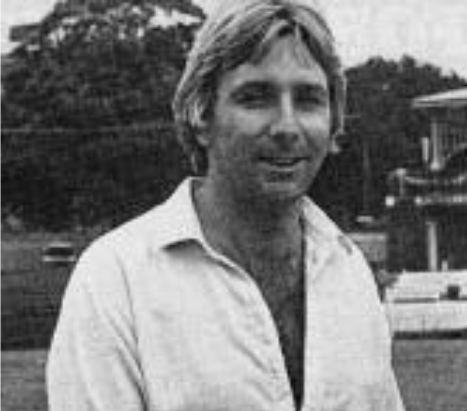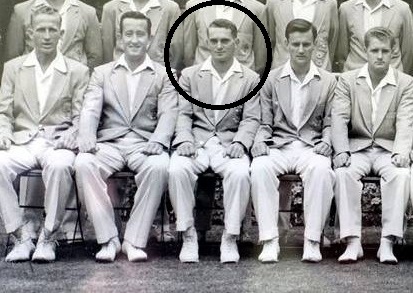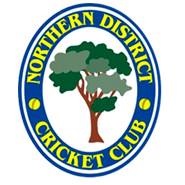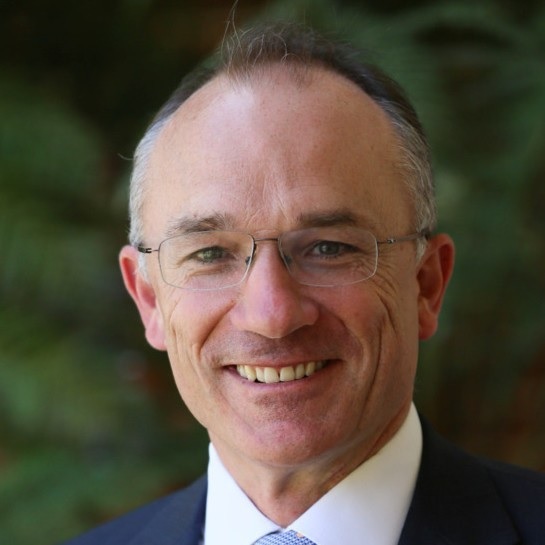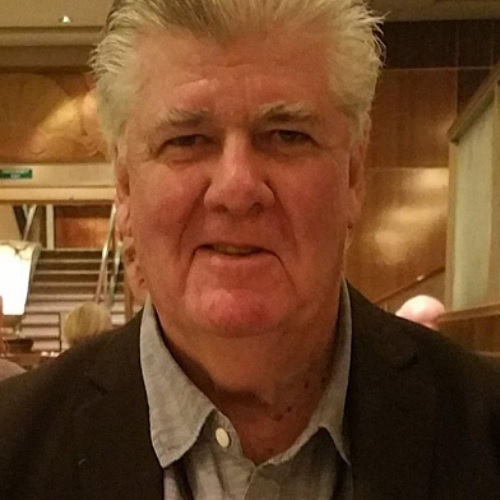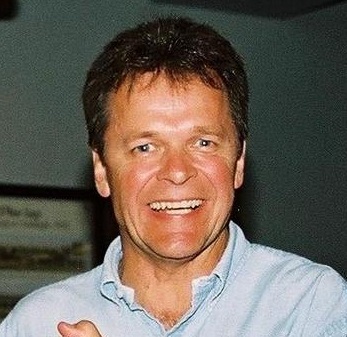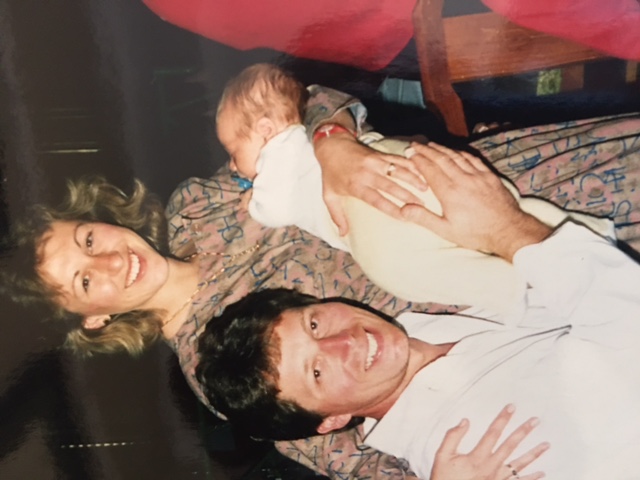2 years ago


I joined Fairfield Liverpool at the start of the 1988/89 season after short stints at Petersham Marrickville CC and Parramatta DCC and have seen the club grow immensely from their first season in 1985/86.

Brett Lack
Business Owner
Sydney, New South Wales, Australia
2 Likes
0 Followers
0 Followers

I joined Fairfield Liverpool at the start of the 1988/89 season after short stints at Petersham Marrickville CC and Parramatta DCC and have seen the club grow immensely from their first season in 1985/86.
There have been many great cricketers and premierships along the way.
Here is my all-time best Fairfield Liverpool cricket team from players I had the good fortune to play with
1. Grant Lambert
350 games, 12,572 runs and 681 wickets
2. Garry Baldwin
148 games, 4,915 runs and 155 wickets
3. Steve B Smith
71 games, 3,483 runs
https://www.cricconnect.com/profile/170/brett-lack/blog/1025/brett-lack-my-best-ever-fairfield-liverpool-cricket-team
Read More



